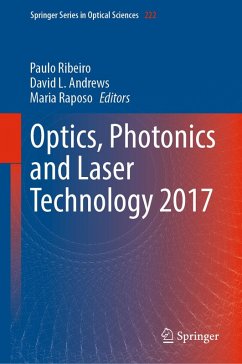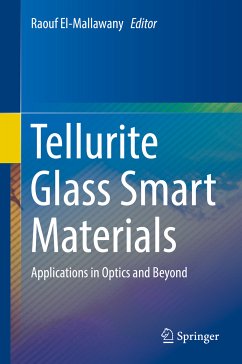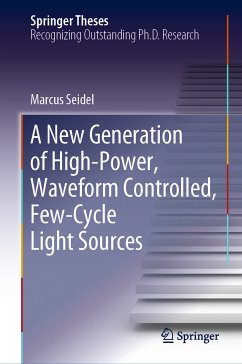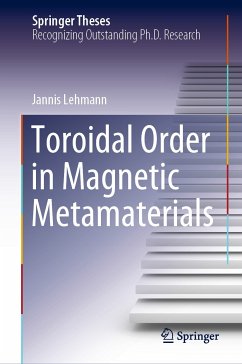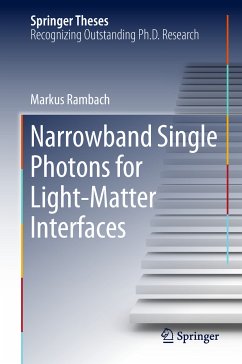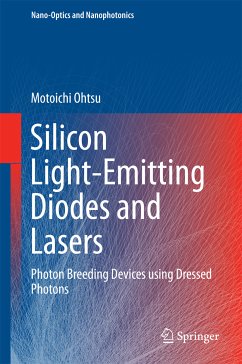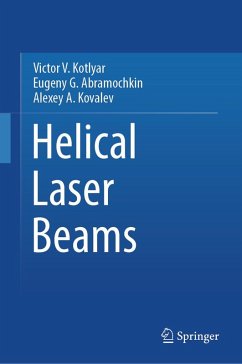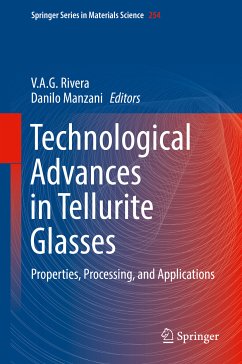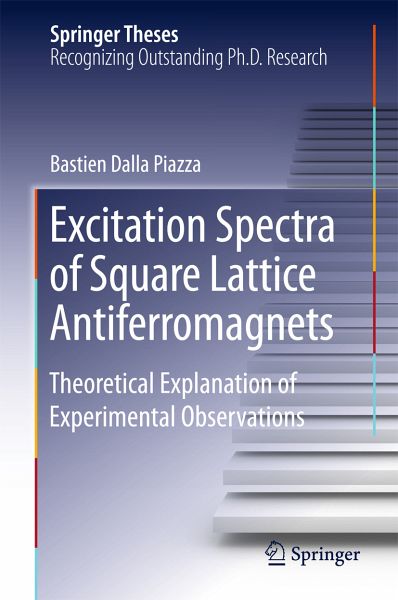
Excitation Spectra of Square Lattice Antiferromagnets (eBook, PDF)
Theoretical Explanation of Experimental Observations
Versandkostenfrei!
Sofort per Download lieferbar
72,95 €
inkl. MwSt.
Weitere Ausgaben:

PAYBACK Punkte
36 °P sammeln!
This thesis presents a qualitative advance in our understanding of quantum effects in layered magnetic materials. The nearest neighbor Heisenberg ferromagnetic ranks among the oldest and most fundamental models of quantum many body effects. It has long been established that in one dimension quantum fluctuations lead to a quantum disordered ground state with fractional excitations called spinons." In two dimensions, the ground state of the Heisenberg model displays static order and to first approximation the dynamics can be described as semi-classical spin waves. Through theoretical advances th...
This thesis presents a qualitative advance in our understanding of quantum effects in layered magnetic materials. The nearest neighbor Heisenberg ferromagnetic ranks among the oldest and most fundamental models of quantum many body effects. It has long been established that in one dimension quantum fluctuations lead to a quantum disordered ground state with fractional excitations called spinons." In two dimensions, the ground state of the Heisenberg model displays static order and to first approximation the dynamics can be described as semi-classical spin waves. Through theoretical advances the author demonstrates that at high energy around particular points in reciprocal space these semi-classical spin-waves deconfine into fractional excitations akin to the one-dimensional spinons. He thereby provides the first explanation of a long-standing experimental observation.
In the second half of his thesis Bastien Dalla Piazza develops a unified description of the magnetic excitation spectra of a range of cuprate parent compounds to the high temperature superconductors.
In the second half of his thesis Bastien Dalla Piazza develops a unified description of the magnetic excitation spectra of a range of cuprate parent compounds to the high temperature superconductors.
Dieser Download kann aus rechtlichen Gründen nur mit Rechnungsadresse in A, B, BG, CY, CZ, D, DK, EW, E, FIN, F, GR, HR, H, IRL, I, LT, L, LR, M, NL, PL, P, R, S, SLO, SK ausgeliefert werden.



